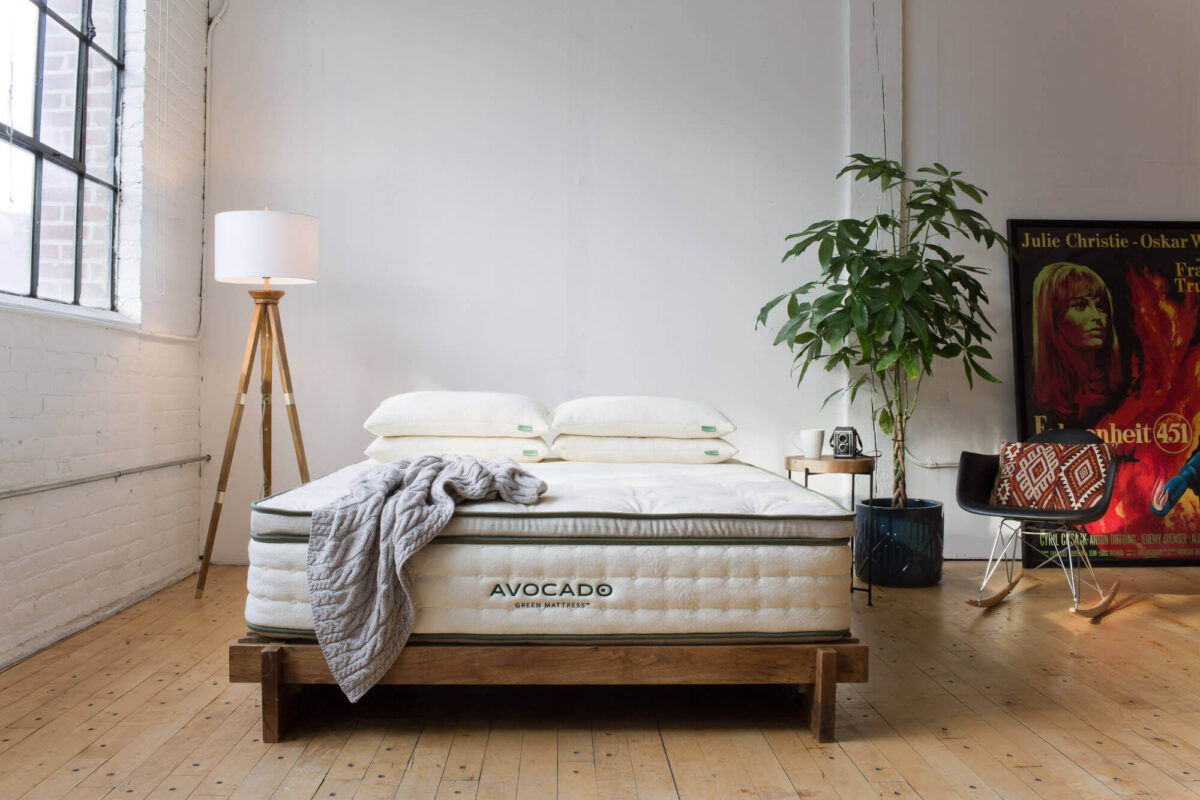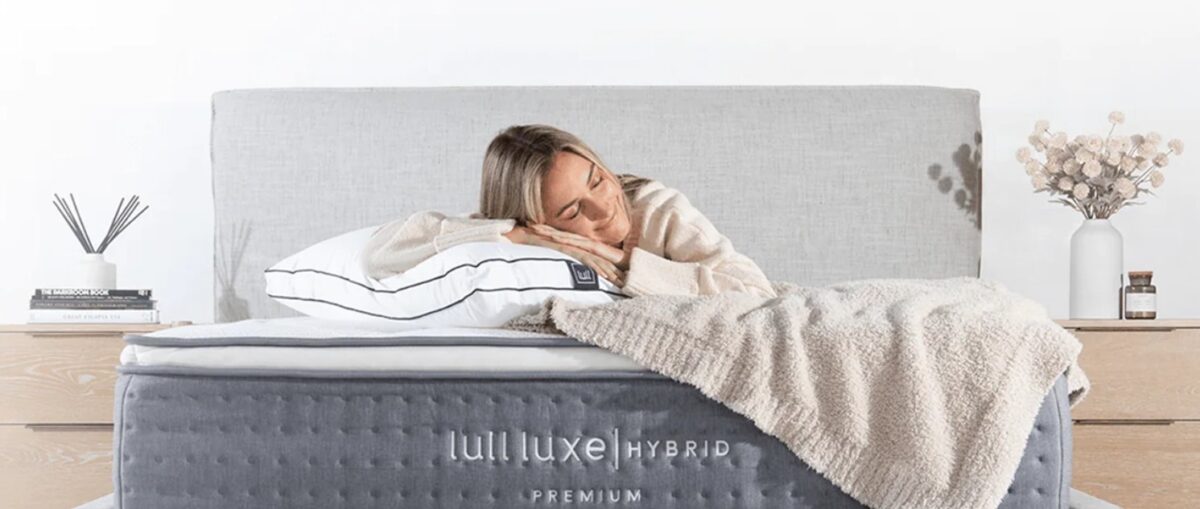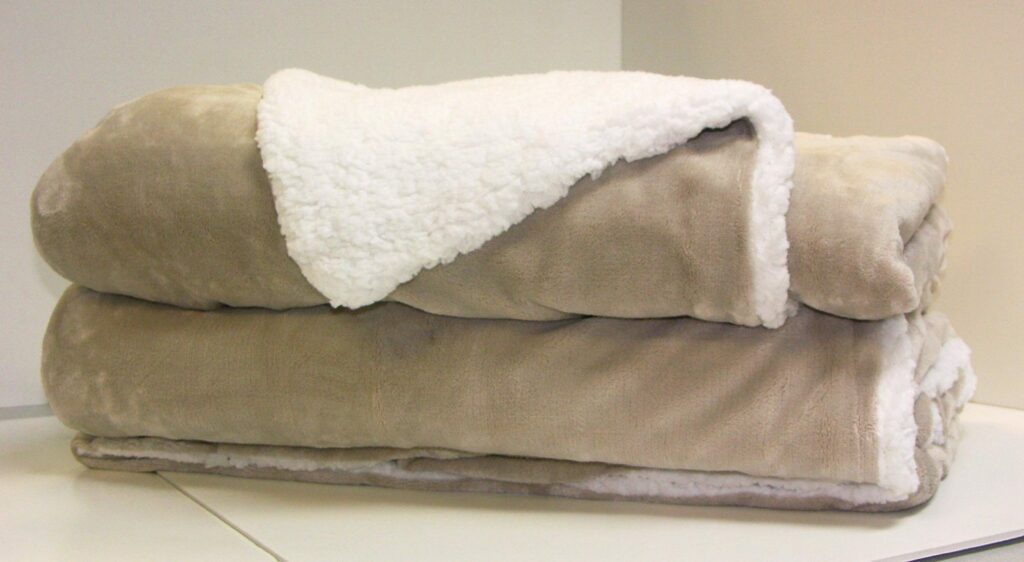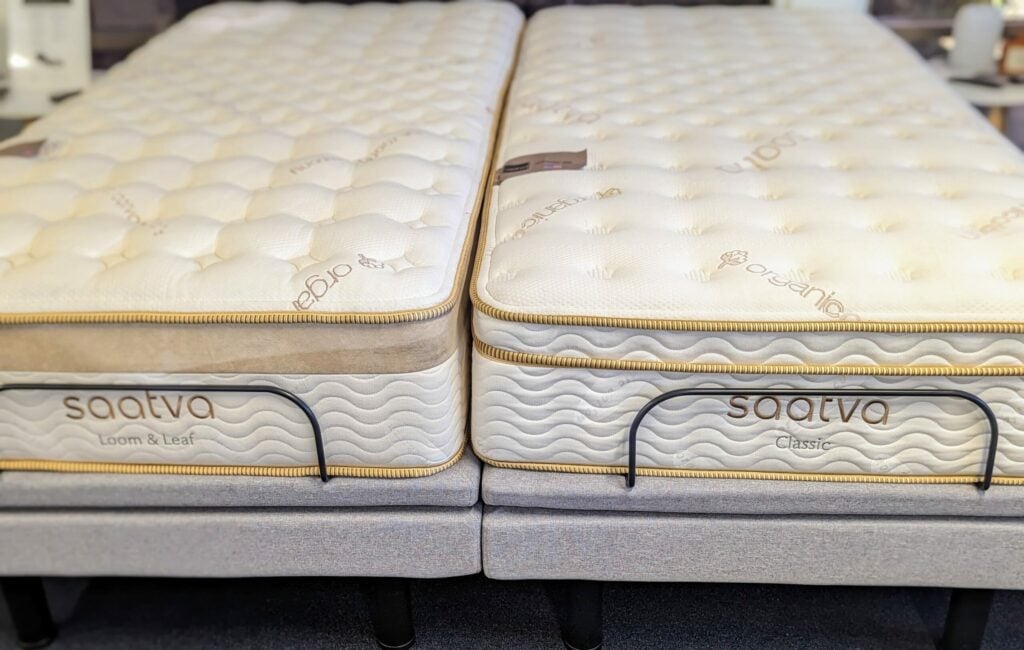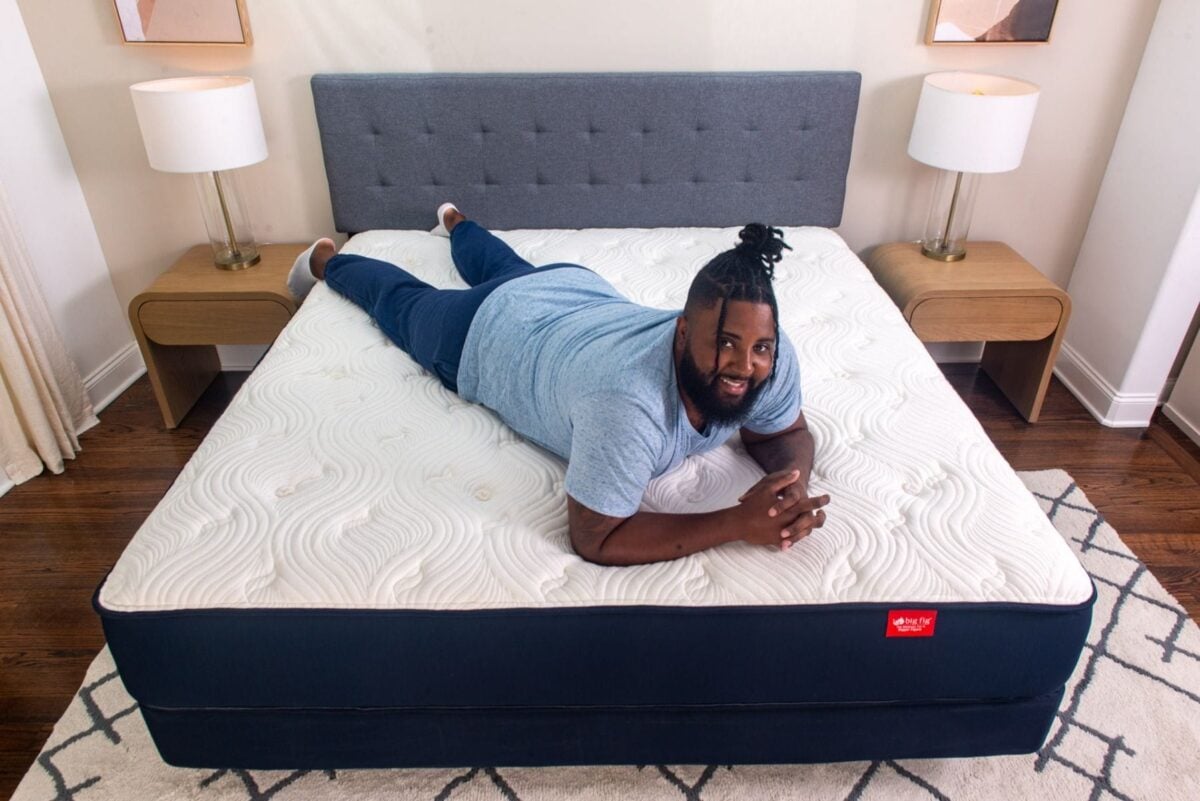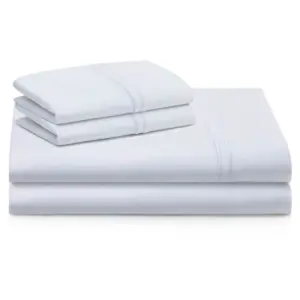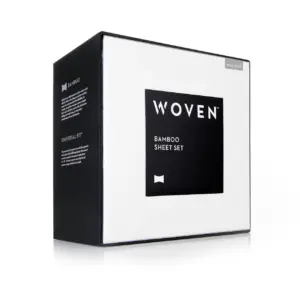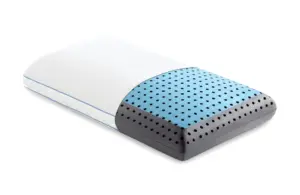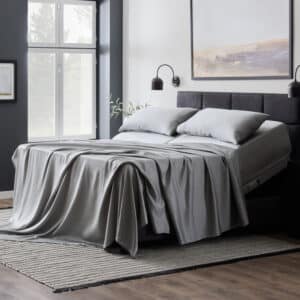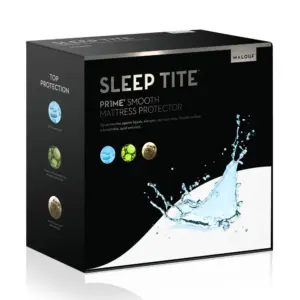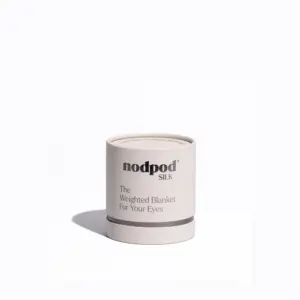The quest for a good night’s sleep has led to significant advancements in mattress technology. Foam, a versatile and popular material, comes in various forms, each offering unique benefits to cater to the diverse needs of sleepers. In this article, we will explore the different types of foam used in mattresses, providing insight into their properties and advantages.
- Memory Foam (Viscoelastic Foam)
Memory foam, originally developed by NASA, is known for its ability to conform to the body’s contours, evenly distribute weight, and alleviate pressure points. Its temperature-sensitive nature allows it to soften and mold to the body’s shape in response to body heat, offering personalized support. Memory foam is commonly used in mattresses, pillows, and mattress toppers.
- Visco Foam
Visco foam, a denser subcategory of memory foam, provides increased support and durability due to its higher concentration of viscoelastic polymers. Although still temperature-sensitive, visco foam is generally less temperature-responsive than memory foam, resulting in a firmer feel and quicker response time when adjusting positions.
- Polyurethane Foam (Polyfoam)
Polyurethane foam, or polyfoam, is a widely used, cost-effective alternative to memory foam. It is available in various densities and firmness levels, catering to a range of sleep preferences. High-density polyfoam provides a supportive base layer in many mattresses, while low-density polyfoam is often used as a comfort layer due to its softer feel.
- High-Resilience (HR) Foam
High-resilience foam is a type of polyurethane foam characterized by its increased elasticity and responsiveness. It offers a balance between softness and support, quickly regaining its shape after being compressed. HR foam is durable and often used in high-quality mattresses to enhance comfort and promote proper spinal alignment.
- Latex Foam
Latex foam, derived from either natural or synthetic sources, is known for its resilience, durability, and natural resistance to allergens, dust mites, and mold. It provides a buoyant, supportive feel and is available in different firmness levels. Latex foam can be processed through two methods: Dunlop, which yields a denser, firmer foam, or Talalay, which results in a softer, more consistent foam.
- Gel-Infused Foam
Gel-infused foam is a variant of memory or polyurethane foam that incorporates gel particles or beads. The gel infusion enhances the foam’s heat dissipation capabilities, providing a cooler sleep surface. This type of foam is particularly appealing to those who experience discomfort from sleeping hot.
- Open-Cell Foam
Open-cell foam features a more porous structure than traditional foam, allowing for improved airflow and heat dissipation. This type of foam can be found in memory foam, polyfoam, or latex foam mattresses, offering a cooler, more breathable sleep experience.
- Convoluted Foam (Egg Crate Foam)
Convoluted foam, also known as egg crate foam, is characterized by its distinctive peaks and valleys. This design promotes airflow and helps distribute weight evenly, reducing pressure points. Convoluted foam is typically used as a comfort layer in mattresses or as an affordable mattress topper.
By understanding the different types of foam available, consumers can make informed decisions when selecting a mattress that best meets their needs, ensuring restful and rejuvenating sleep.
Determining the Best Foam for Your Mattress: Individual Preferences Reign Supreme
When it comes to selecting the best foam for a mattress, there is no one-size-fits-all answer. Each type of foam offers unique properties and advantages that cater to different sleep preferences and requirements. The ideal foam for an individual depends on a combination of factors such as sleeping position, body weight, temperature sensitivity, and personal comfort preferences.
Memory foam and visco foam are renowned for their contouring capabilities and pressure relief, making them popular choices for side sleepers and those with chronic pain. However, they tend to retain heat, which may not be suitable for hot sleepers.
Polyurethane foam, including high-resilience foam, offers a cost-effective alternative with varying firmness levels. High-resilience foam is particularly well-suited for combination sleepers due to its responsiveness and support.
Latex foam provides a buoyant, supportive feel and is naturally hypoallergenic, making it an excellent choice for allergy sufferers and those seeking eco-friendly options.
Gel-infused foam addresses the heat retention issue associated with memory foam, providing a cooler sleep surface for those who sleep hot.
Open-cell foam, found in various foam types, enhances breathability and heat dissipation, offering a cooler sleep experience.
Convoluted foam, with its distinctive peaks and valleys, promotes airflow and weight distribution, making it a budget-friendly option for mattress toppers.
Ultimately, the best foam for a mattress is subjective and depends on individual preferences and needs. It is crucial to consider personal factors when selecting a foam mattress, ensuring that the chosen material provides the optimal balance of comfort, support, and temperature regulation for a restful night’s sleep.
Foam Mattress Types Ranked by Cost: A Guide to Price Points
When selecting a foam mattress, it’s essential to consider the cost in addition to comfort, support, and other factors. Foam materials come at various price points, influenced by factors such as manufacturing processes, material composition, and overall quality. Here, we rank foam mattress types by their general cost, from the most budget-friendly options to the more expensive choices.
Convoluted Foam (Egg Crate Foam) Convoluted foam is an affordable option typically used as a mattress topper, featuring a distinctive egg crate design that provides a budget-friendly solution for enhancing comfort and airflow.
Polyurethane Foam (Polyfoam) Polyurethane foam, or polyfoam, is a cost-effective alternative to memory foam, available in a range of densities and firmness levels. Low-density polyfoam is particularly inexpensive, while high-density polyfoam may come at a higher price point.
High-Resilience (HR) Foam High-resilience foam, a type of polyurethane foam, is more elastic and responsive than traditional polyfoam. While it may be slightly more expensive than standard polyfoam, its durability and support make it a popular choice for high-quality mattresses.
Memory Foam (Viscoelastic Foam) Memory foam, known for its body-contouring capabilities and pressure relief, falls in the mid-price range. The cost of memory foam mattresses can vary significantly depending on factors such as foam density, construction, and brand reputation.
Gel-Infused Foam Gel-infused foam, which incorporates gel particles or beads into memory or polyurethane foam, is generally more expensive than standard memory foam due to the added cooling benefits it provides.
Open-Cell Foam Open-cell foam is a more breathable and heat-dissipating version of memory foam, polyfoam, or latex foam. The manufacturing process and materials used in open-cell foam can contribute to its higher price point compared to traditional foam types.
Visco Foam Visco foam, a denser subcategory of memory foam, is typically more expensive due to its enhanced durability and support resulting from a higher concentration of viscoelastic polymers.
Latex Foam Latex foam, derived from natural or synthetic sources, is often the most expensive foam option. Its resilience, durability, and natural resistance to allergens contribute to its higher price point. Additionally, natural latex is an eco-friendly choice, which can further increase its cost.
It is important to note that prices can vary significantly based on brand, quality, and other factors. While cost is a crucial consideration, prioritizing personal preferences and requirements will ensure the best possible sleep experience.
The Advantages of Foam Mattresses: Comfort, Support, and Beyond
- Pressure Relief
One of the primary advantages of foam mattresses, particularly memory foam and visco foam, is their ability to contour to the body’s shape and distribute weight evenly. This results in reduced pressure on joints and sensitive areas, alleviating pain and discomfort for a more restful night’s sleep.
- Motion Isolation
Foam mattresses excel at motion isolation, minimizing disturbances caused by a partner’s movements during sleep. This is especially beneficial for light sleepers or those sharing a bed, as it reduces the likelihood of being woken up by their partner’s tossing and turning.
- Customized Support
Foam materials, such as memory foam and high-resilience foam, provide tailored support by adapting to the individual’s body shape and sleeping position. This personalized support promotes proper spinal alignment, which can help prevent or alleviate back pain and other sleep-related issues.
- Hypoallergenic Properties
Certain foam types, such as latex foam, offer natural resistance to allergens, dust mites, and mold. This makes them an ideal choice for allergy sufferers or those looking to maintain a healthier sleep environment.
- Noise Reduction
Foam mattresses are virtually silent, as they do not contain any springs or coils that could generate noise. This characteristic contributes to a peaceful and undisturbed sleep experience.
- Durability and Longevity
High-quality foam materials, such as latex foam, high-resilience foam, and visco foam, are known for their durability and resistance to sagging or impressions over time. This ensures a longer-lasting mattress that maintains its comfort and support for years to come.
- Wide Range of Firmness Options
Foam mattresses are available in various firmness levels, catering to different sleeping preferences and requirements. This allows sleepers to find the perfect balance between comfort and support, tailored to their specific needs.
- Temperature Regulation
Some foam types, such as gel-infused foam and open-cell foam, address heat retention issues commonly associated with traditional memory foam. These materials improve airflow and dissipate heat, providing a cooler and more comfortable sleep surface.
The Drawbacks of Foam Mattresses: Weighing the Potential Disadvantages
While foam mattresses offer numerous benefits, such as comfort, support, and motion isolation, it’s essential to consider their potential drawbacks when making an informed decision. In this article, we will discuss the cons of foam mattresses, shedding light on the factors that may influence consumer choices.
- Heat Retention
One of the most common complaints about foam mattresses, particularly memory foam, is their tendency to retain heat. This can result in an uncomfortably warm sleep surface for some individuals, especially during hot weather or for those who naturally sleep hot.
- Off-Gassing
Foam mattresses, particularly those made from synthetic materials like memory foam and polyurethane foam, may emit a chemical odor known as off-gassing when new. While this odor typically dissipates within a few days to a week, it can be bothersome for some people and may require airing out the mattress before use.
- Initial Firmness
Some foam mattresses, particularly memory foam, may feel firmer when first used due to their temperature sensitivity. It may take a little time for the foam to adjust to the individual’s body heat and soften accordingly. This initial firmness can be off-putting for some sleepers, especially those who prefer a softer sleeping surface.
- Slow Response Time
Memory foam, known for its body-contouring capabilities, can also have a slow response time when adjusting to changes in sleeping positions. This can create a “sinking” sensation and make it difficult for some sleepers to move or change positions during the night.
- Weight
Foam mattresses, particularly those made from high-density materials like visco foam or latex foam, can be quite heavy. This can make it difficult to move, rotate, or flip the mattress, as well as to change bed linens.
- Edge Support
Foam mattresses generally offer weaker edge support compared to innerspring or hybrid mattresses. This can be a concern for individuals who sit or sleep near the edge of the bed, as it may result in a feeling of instability or increased wear along the mattress’s perimeter.
- Cost
Certain foam types, such as latex foam and high-quality memory foam, can be more expensive than other mattress options. While they often offer superior comfort, support, and durability, the higher price point may be prohibitive for some consumers.
- Environmental Impact
Some foam mattresses, especially those made from synthetic materials or non-eco-friendly processes, can have a negative environmental impact. Consumers concerned about sustainability may need to research brands and materials carefully to find eco-friendly foam mattress options.


